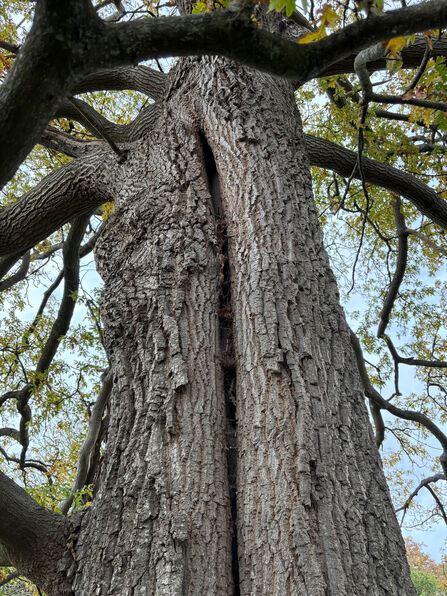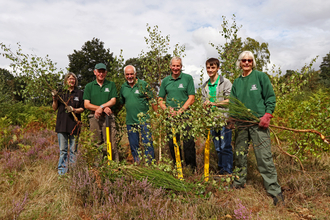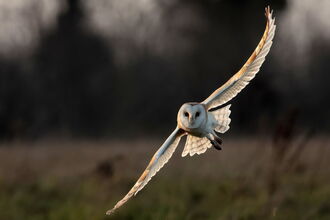It’s been a jam-packed few months since my last blog but I’m still having an absolute blast on the traineeship!
Recently, I and my fellow trainees travelled to the Royal Agricultural University in Cirencester to do a Basic Tree Survey and Inspection Course through Lantra, one of the leading awarding bodies for land-based industries. We spent the majority of our morning in a classroom environment covering safe inspection of trees and identifying the various laws that influence the management of trees. We even covering simplistic ways in which you can determine the height of the tree you’re observing. For example, whilst maintaining a straight arm, we moved forwards and backwards until the stick we held covered the entirety of the tree; by measuring back to the tree, this method can then give us a better understanding of the total height. This is crucial for establishing a clear risk assessment, figuring out the volume of the tree, acknowledging how well-maintained and healthy the site is and further informing suitable management plans.





